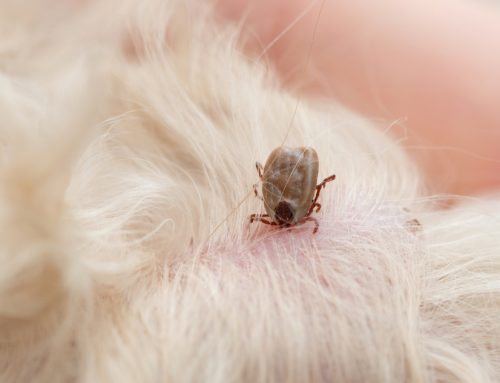As your pet ages, you may see that movements they once performed with ease have become more challenging—they may take longer to climb the stairs, have a more difficult time jumping onto the couch or getting in and out of the car, walk with stiffness after lying down, or have a slight limp. Like their owners, pets slow down as they age, and you need to understand the difference between your pet’s normal aging signs and their osteoarthritis indications. Although arthritis is common in older pets, this debilitating condition can affect pets of all ages. Our Hearthstone Veterinary Hospital team prioritizes your pet’s comfort and quality of life, which is why we share these tips to help you identify and help manage your pet’s arthritic conditions.
What is arthritis in pets?
Although many arthritic conditions exist, most pets are commonly affected by osteoarthritis, which is a degenerative joint disease that occurs when the cartilage cushioning the joints breaks down, and causes the bones to rub against each other, leading to joint pain, inflammation, and stiffness. A result of normal joint wear and tear, osteoarthritis often affects older pets.
Septic arthritis—joint inflammation caused by a bacterial infection—is rare, and characterized by joint inflammation, pain, and swelling.
What are arthritis signs in pets?
Pets’ arthritis signs vary, but the most common signs of an arthritic condition include:
- Limping or difficulty moving
- Decreased activity level
- Reluctance to exercise or play
- Pain or discomfort when touched
- Joint swelling
- Stiffness after rest
How is arthritis in pets treated?

While your pet’s arthritis cannot be cured, many treatment options are available. Depending on your pet’s arthritic condition type and severity, your veterinarian will recommend the most effective treatment options:
- Medication — Nonsteroidal anti-inflammatory drugs (NSAIDs) can help reduce your pet’s joint inflammation and pain.
- Diet changes — Your pet’s weight is important to managing their arthritis. If your pet is overweight or obese, excess fat accumulation can secrete hormones that contribute to the inflammation and pain of osteoarthritis. If your overweight or obese pet has arthritis, your veterinarian can recommend a diet that meets their nutritional needs and manages their weight, supporting their joint health.
- Joint supplements — Joint supplements help improve your pet’s joint health. The three main joint supplement types include those that contain glucosamine, those that contain chondroitin, and those that contain both glucosamine and chondroitin. Glucosamine and chondroitin are natural substances in the body that help rebuild and maintain cartilage, which is essential for healthy joints. Some joint supplements contain herbs and minerals that can help improve joint health. Do not give your young, still-growing pet joint supplements, as they can interfere with the growth process. Consult with your veterinarian before giving your pet any over-the-counter supplement.
- Physical therapy — Physical therapy is a common pet arthritis treatment that can help improve their joints’ range of motion and flexibility. In addition, physical therapy can help reduce your pet’s joint pain and inflammation.
- Surgery — Surgery to fix an underlying issue, such as hip dysplasia, can be an effective option to manage your pet’s arthritis-related conditions.
- Alternative therapies — Some owners take their pets for alternative therapies, such as acupuncture or massage, which can be helpful in managing their pet’s arthritis signs.
We encourage you to work with your veterinarian to diagnose and treat your pet’s arthritis. No one-size-fits-all arthritis treatment exists, and we will create an individualized treatment plan that helps reduce your pet’s pain and improves their quality of life. If you suspect your pet has arthritis, contact our Hearthstone Veterinary Hospital team for an appointment.







Leave A Comment